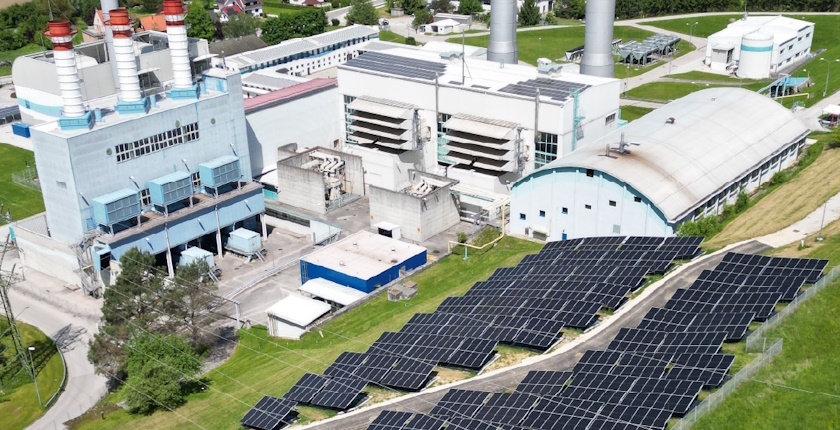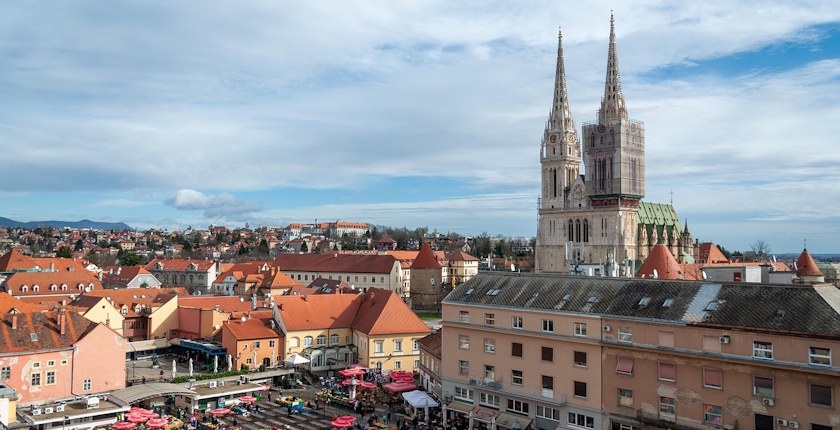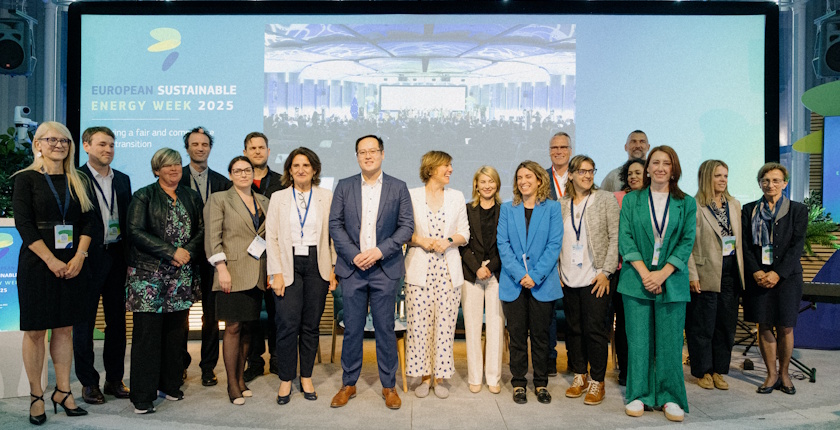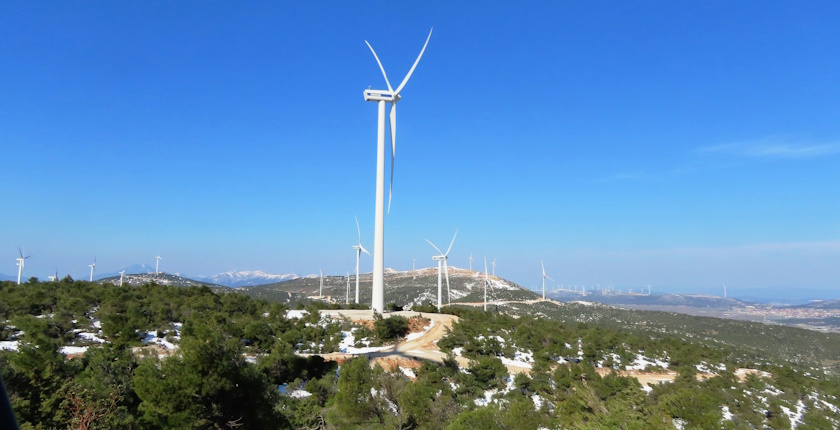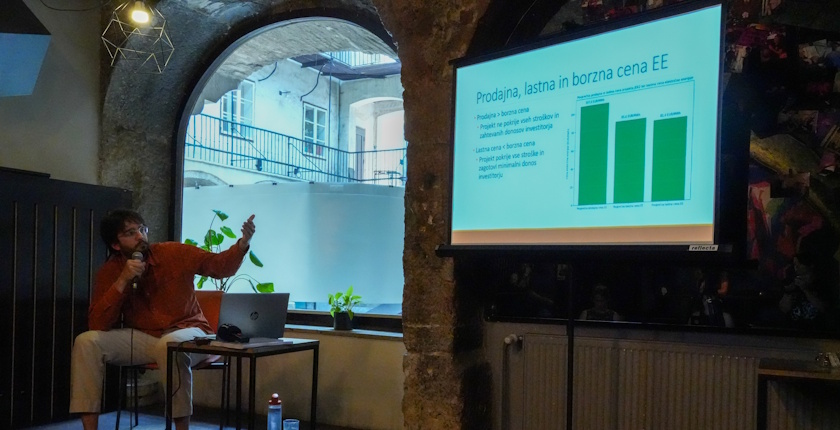
Krško 2 nuclear project not profitable for private investors but state could find motive – study
Slovenian non-governmental organization Mladi za Podnebno Pravičnost (Youth for Climate Justice) has conducted what it claims to be the first independent economic study on the construction of a second unit of the Krško nuclear power plant.
The economic study on the Krško 2 project (JEK2) showed that the project would not be profitable for a private investor but could be viable for the Government of Slovenia. The authors recommended that, before making a final decision, studies should be produced under two nationwide scenarios: 100% renewable energy or a combination of renewable energy and Krško 2.
Youth for Climate Justice said the largest project in Slovenia’s history requires at least one independent, detailed economic study. It needs to set aside both the potential investors’ aspirations and the opposition to the construction of the second nuclear power plant, the NGO stressed.
The referendum fiasco opened the way for a different approach to the project, but politicians demonstrated no interest, so the organization took the initiative. The study and proposal for a comprehensive project management framework took over a year.
The organization presented four main findings from the study.
The state can go through with the project if it doesn’t count on a profit margin
First, the project is not economically viable for a private company, the authors said and added such a scenario is therefore unlikely. Under a common economic logic, the state would also decide against the endeavor as it wouldn’t be able to achieve the desired return on investment.
However, due to the project’s strategic importance, the state could opt for a version without a profit margin and define the price of electricity generated in Krško 2 at a breakeven level, the study reads.
In that case, there is a chance the project could be profitable after all, as such a price would still be a bit lower than the one that the operator would achieve in the market.
The state could also secure other benefits such as low-carbon, stable energy with minimal impact on biodiversity, the organization noted.
Two important recommendations
The study’s authors suggested establishing a new management framework, giving the project a chance of success and to avoid repeating the issues seen with the TEŠ 6 project, for the sixth unit of the Šoštanj coal-fired power plant.
Of note, there was much controversy over the decision to build it. TEŠ 6 began operating in 2016, but now it is facing closure. The construction cost exceeded the budget, raising suspicions of corruption.
There are two scenarios for the development of Slovenia’s power system
Finally, the NGO recommended reviewing two scenarios for the development of Slovenia’s power system before making a final decision: 100% renewable energy and renewable energy combined with Krško 2.
“Based on that, we will know whether it makes sense for the state to waive financial gains and build JEK 2 or if there are better alternatives for the development of the system,” Youth for Climate Justice underlined.
The study has been presented to the public, but stakeholders will have another opportunity to discuss it on Wednesday, June 18, in Ljubljana.

